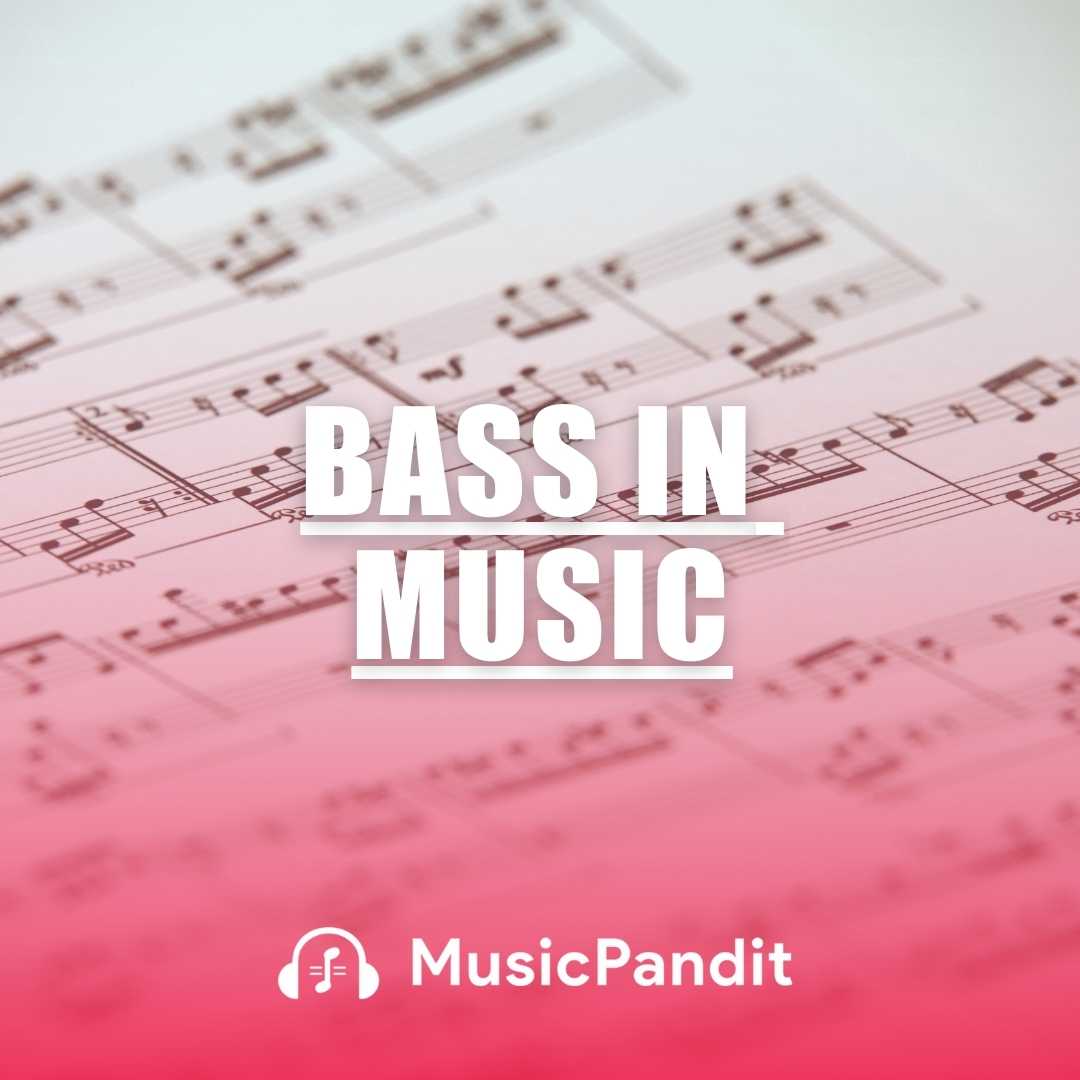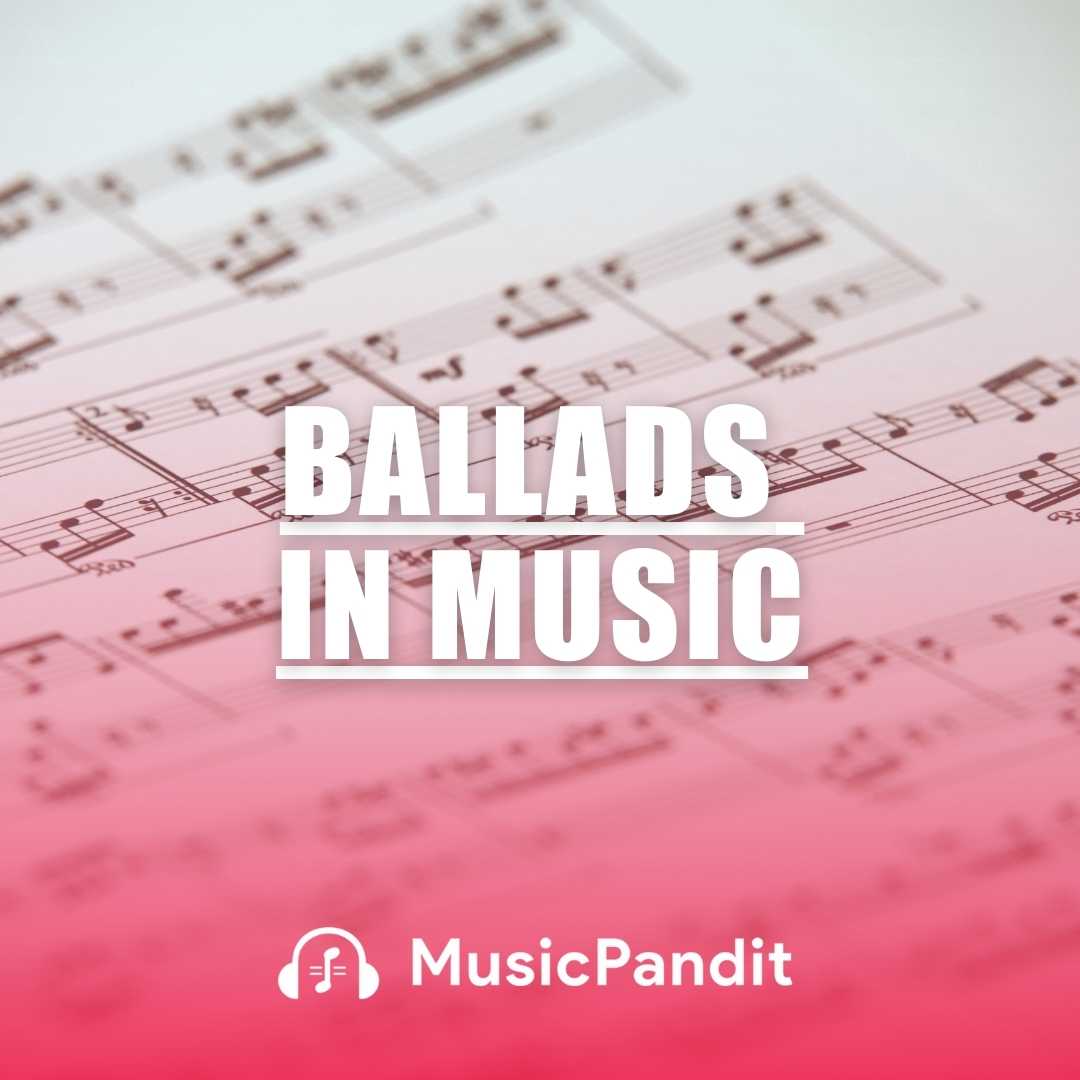Music modes are one of the fundamental concepts in music theory, offering a diverse palette of sounds and emotions. Understanding modes can enhance your ability to compose, improvise, and appreciate music. This guide will provide an in-depth look at what modes are, their types, applications, and significance in various musical contexts.
What are Modes?
In the simplest terms, a mode is a type of musical scale coupled with a set of characteristic melodic behaviours. Each mode has a unique sequence of intervals (whole steps and half steps) between its notes, giving it a distinctive sound.
Importance of Modes
Modes are crucial because they expand the harmonic and melodic possibilities in music. They are used extensively in classical music, jazz, rock, and many other genres. Understanding modes allows musicians to create varied musical textures and evoke different emotions and atmospheres.
Types of Modes
There are seven primary modes in Western music, each with a unique structure and sound:
Ionian Mode (Major Scale)
- Structure: W-W-H-W-W-W-H (Whole and Half steps)
- Sound: Bright, happy
- Example: C Major Scale
Dorian Mode
- Structure: W-H-W-W-W-H-W
- Sound: Minor with a bright sixth note
- Example: D Dorian (D-E-F-G-A-B-C-D)
- Uses: Jazz, rock, folk music
Phrygian Mode
- Structure: H-W-W-W-H-W-W
- Sound: Dark, Spanish, or Middle Eastern
- Example: E Phrygian (E-F-G-A-B-C-D-E)
- Uses: Flamenco, metal
Lydian Mode
- Structure: W-W-W-H-W-W-H
- Sound: Bright, dreamy, otherworldly
- Example: F Lydian (F-G-A-B-C-D-E-F)
- Uses: Film scores, jazz
Mixolydian Mode
- Structure: W-W-H-W-W-H-W
- Sound: Major with a bluesy feel
- Example: G Mixolydian (G-A-B-C-D-E-F-G)
- Uses: Rock, blues, jazz
Aeolian Mode (Natural Minor Scale)
- Structure: W-H-W-W-H-W-W
- Sound: Sad, reflective
- Example: A Aeolian (A-B-C-D-E-F-G-A)
- Uses: Classical, rock, pop
Locrian Mode
- Structure: H-W-W-H-W-W-W
- Sound: Dissonant, unstable
- Example: B Locrian (B-C-D-E-F-G-A-B)
- Uses: Modern classical, metal
Differences Between Modes
Each mode differs in the sequence of whole and half steps, which affects their overall sound and mood. For instance, while the Ionian mode (major scale) is often associated with happiness, the Phrygian mode has a more exotic, tense quality. The Dorian mode, though minor, has a bright major sixth note, giving it a unique flavor among minor scales.
Application of Modes
Modes can be used in various ways in music composition and improvisation:
- Chord Progressions: Using modal harmony to create distinctive chord progressions.
- Melody Creation: Crafting melodies that highlight the unique intervals of each mode.
- Improvisation: Soloing over chord changes using different modes to create diverse sounds.
Benefits of Learning Modes
Understanding modes provides several benefits:
- Enhanced Creativity: Opens up new musical possibilities and ideas.
- Improved Improvisation: Helps in creating more interesting and varied solos.
- Deeper Musical Understanding: Offers insight into the structure and function of different types of music.
- Versatility: Equips musicians to play in various genres and styles.
Related Topics
Modal Harmony
Modal harmony involves using chords derived from a specific mode. It contrasts with traditional major-minor harmony by offering different tonal centres and progressions.
Modal Interchange
Modal interchange, or modal mixture, involves borrowing chords from parallel modes (modes that share the same tonic note) to add color to a piece of music.
Instrument-Specific Information
Guitar
Guitarists often use modes to expand their soloing vocabulary. Each mode can be visualised as a pattern on the fretboard, making it easier to switch between them during improvisation.
Piano
For pianists, modes can be practised by playing scales on the white keys starting from different notes. This physical approach helps internalise the distinct sound of each mode.
Modes for Singers
Singers can practise modes by vocalising scales and melodies that emphasise the unique intervals of each mode. For example, practising the Dorian scale with its major sixth interval can help singers familiarise themselves with its characteristic sound.
Song Examples
Ionian: “Happy Birthday to You” – Bright and cheerful
Dorian: “Scarborough Fair” – Haunting and folk-like
Phrygian: “White Rabbit” by Jefferson Airplane – Exotic and mysterious
Singers can use modes to improvise over chord progressions. This practice helps in developing a versatile vocal technique and a deeper understanding of modal harmony.
Other Instruments
Violin: Practice scales and arpeggios in different modes to explore their unique tonal qualities.
Flute: Utilise modes to add variety to scales and melodic exercises, enhancing the tonal palette.
Practising Modes
Scale Exercises
Practise each mode by playing its scale ascending and descending, focusing on the unique interval pattern.
Chord Progressions
Create and play chord progressions that emphasise the characteristic notes of each mode.
Improvisation
Improvise melodies using specific modes over backing tracks to develop a feel for their unique sounds.
Conclusion
Modes are a powerful tool in a musician’s arsenal, offering a range of sounds and emotions that can enrich your music. By understanding and practising modes, you can unlock new creative possibilities and deepen your appreciation for the diversity of musical expression.















